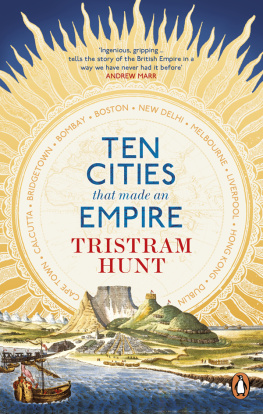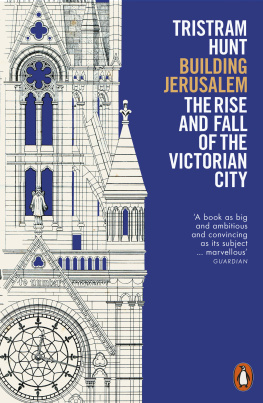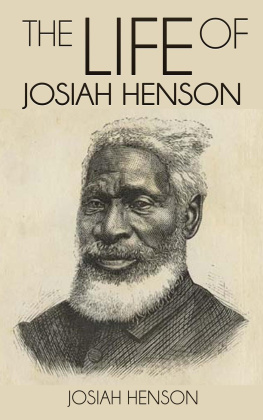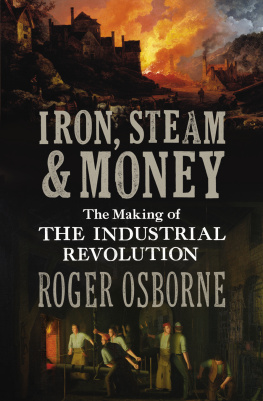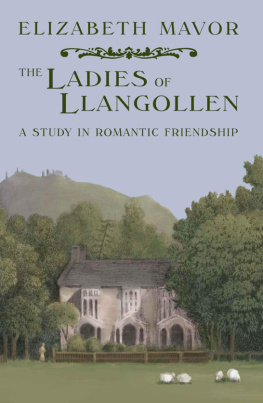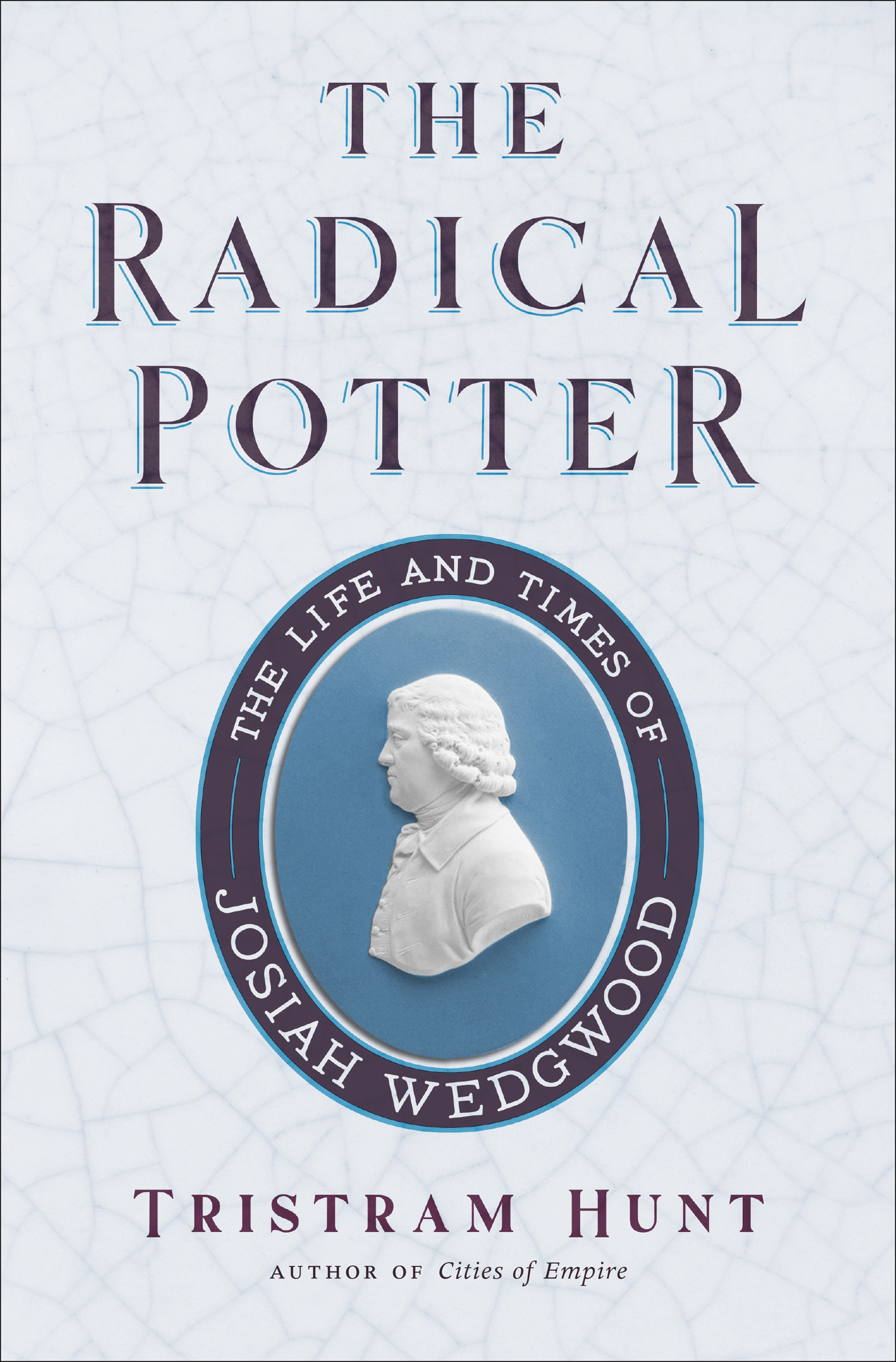Contents
Guide
Pagebreaks of the print version

The author and publisher have provided this e-book to you for your personal use only. You may not make this e-book publicly available in any way. Copyright infringement is against the law. If you believe the copy of this e-book you are reading infringes on the authors copyright, please notify the publisher at: us.macmillanusa.com/piracy.
To L.A.M.H.
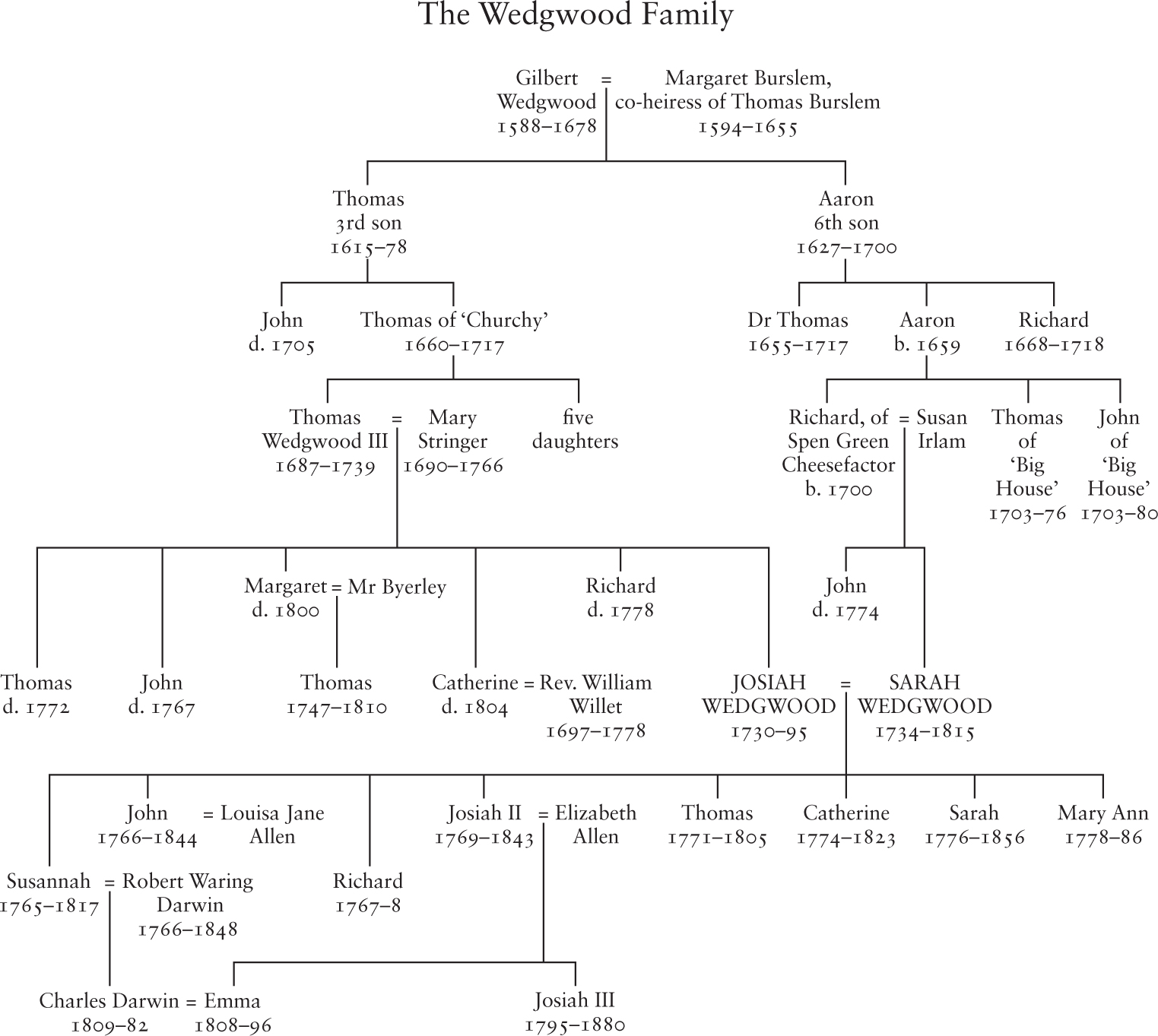
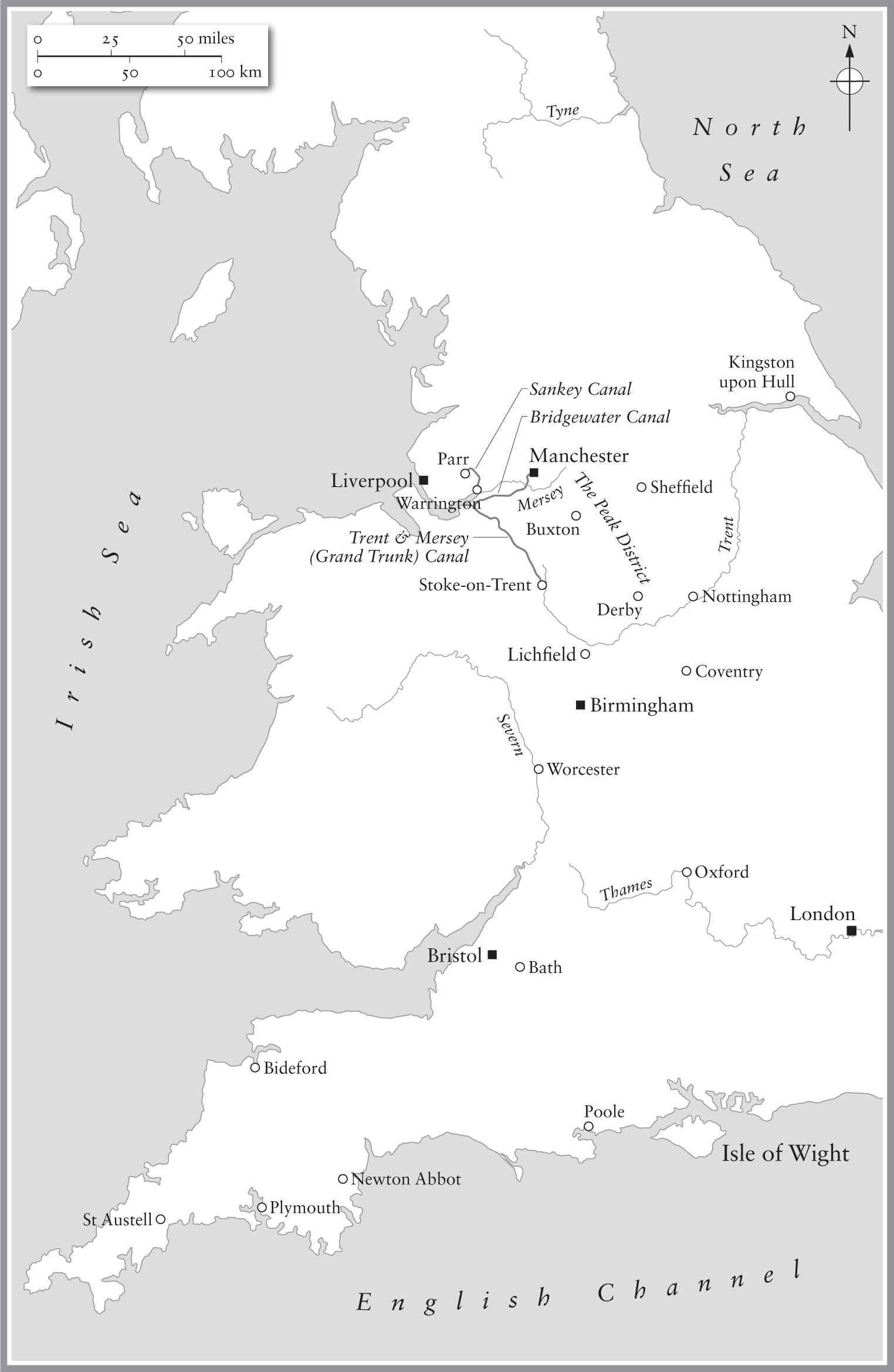
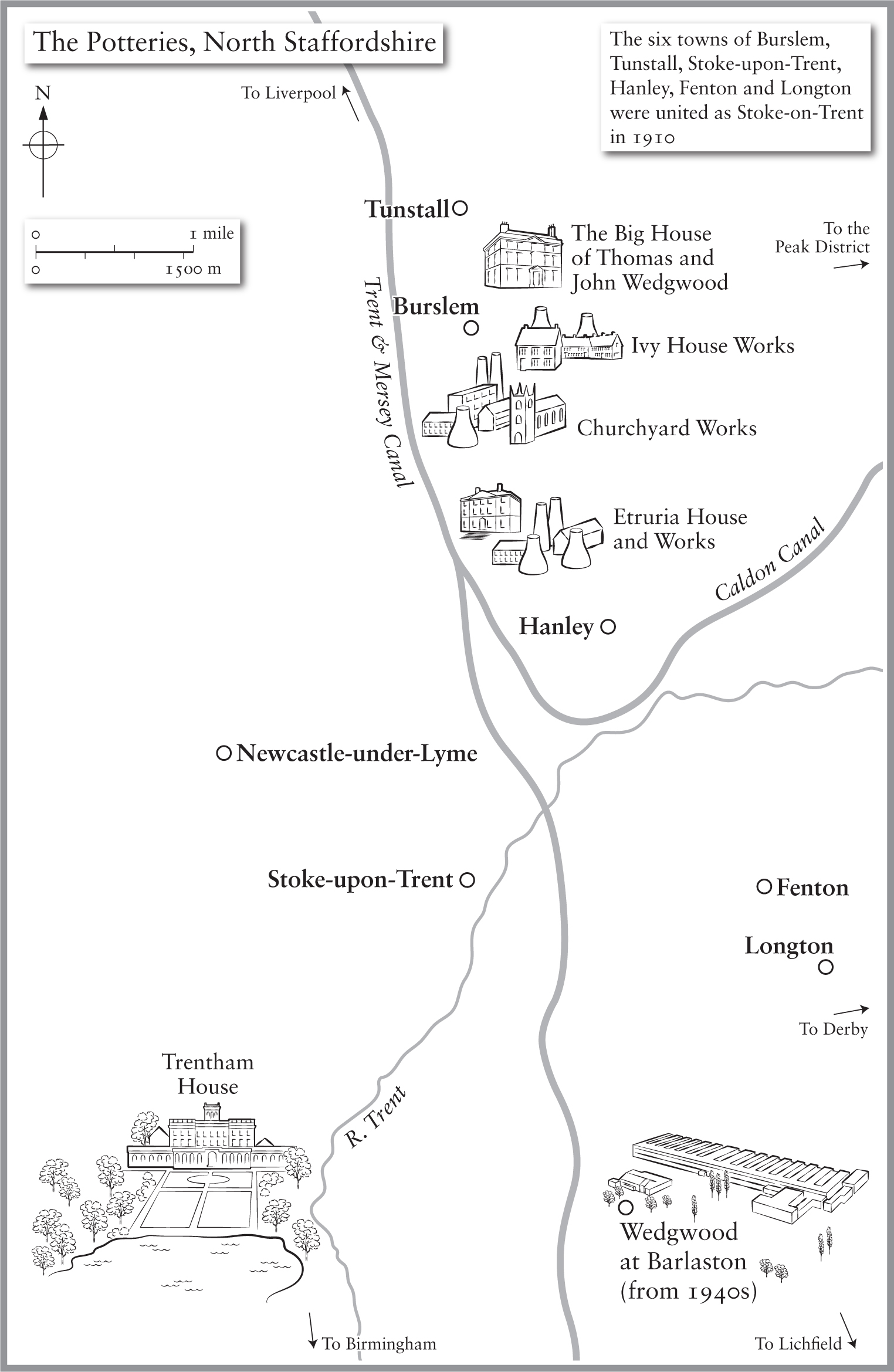
On 26 September 1792 George Macartney, Earl Macartney of Dervock in the county of Antrim, set sail from Portsmouth aboard the sixty-four-gun HMS Lion, accompanied by a full-rigged East Indiaman Hindostan and its tender vessel, The Jackal. A highly trusted diplomat with impeccable credentials in promoting British colonial interests, Macartney had served in Ireland, St Petersburg, Grenada and Madras and was now tasked with leading Great Britains first-ever embassy to China.
After stalling in squally weather off Torbay, the fleet skirted Brittany before sailing south to Madeira, round the Cape of Good Hope, docking in Cochin, Batavia and Macao, then reaching its final destination, the Chinese port city of Tientsin (Tianjin). Counted among the passengers of the three hulking vessels were nearly 100 of Georgian Britains finest brains natural philosophers, instrument makers, botanists, translators and draughtsmen, alongside officials and soldiers and, as importantly, some 600 crates of artefacts, objets and material goods all carefully chosen to showcase the advanced thinking and industrial might of Great Britain. The English, Macartney reasoned, were at this moment the first people of the world whenever they are out of their own country. Their generosity, the child of opulence and industry, is unbounded.
Officially, Macartneys purpose was to carry a letter from King George III congratulating the Qianlong Emperor on attaining his eighty-third birthday. In reality, his mission was to convince the Chinese to open up their huge markets by reducing tariffs, accepting East India Company trading posts, upping the export of tea and silk and allowing bulk imports from Britain: to excite at Peking a taste for many articles of English workmanship hitherto unknown there Such an increase in the importation from this country might turn the balance of the China trade considerably in favour of Great Britain.
So in his caravan of ninety wagons, forty barrows, 200 horses and 3,000 Indian labourers Macartney hauled into Peking a vast array of textiles and trade goods, astronomical models and electrical machines to lay before the Celestial Court. In short, these were specimens of the best British manufactures and all the late inventions for adding to the conveniences and comforts of social life to serve the double purpose of gratifying those to whom they were to be presented, and of exciting a more general demand for the purchase of similar goods. There were sword blades from Birmingham, painted Vulliamy clocks, varnished cloths, lustres and Argand lamps. Most remarkably of all, Macartney had decided to take china to China in the form of six Wedgwood vases. Wedgwood Jasperware (including Wedgwood Catalogue with description of the Portland Vase) valued at 169 17s 0d stands in the official register of Goods Purchased for the Embassy to China as perhaps the most outrageous testament to an unwavering belief among the British in their own ingenuity, design and manufacturing prowess.
China the land that had fired exquisite ceramics for thousands of years, which had invented porcelain and filled the cabinets of Europe with blue and white ware was now to be reinstructed into the mystery of clay by pottery from Staffordshire. As Wedgwood himself had once boasted, It is really amazing how rapidly the use of it [his designs] has spread almost over the whole Globe an East Indian Captain ordered a good deal of my Ware they told me it was already in Use there, & in much higher estimation than the finest Porcellain Dont you think we shall have some Chinese Missionaries come here soon to learn the art of making Creamcolour?
In the event, Emperor Chien-lung was resolutely unimpressed. Not only did Earl Macartney fail to execute the full kowtow (three separate kneelings and nine knockings of the head on the floor), the Court dismissed the Ambassadors tribute with weary contempt. We have never valued ingenious articles, nor do we have the slightest need of your countrys manufactures, explained the imperial edict delivered to Macartney. You, O King [George III ], ought, looking upwards, to carry out our wishes, and for ever obey our edict, so that we both enjoy the blessings of peace Do not say you have not been forewarned.
Five thousand miles south of Peking, some five years before Macartneys doomed embassy, the art of Josiah Wedgwood was occupying another branch of the British Empire. In January 1788, Arthur Phillip, future Captain-General and Commander-in-Chief in and over the Territory of New South Wales, disembarked HMS Supply to claim Botany Bay also in the name of King George III . Following Captain Phillip came the First Fleet of 850 convicts and 200 naval officers set to colonize Sydney Cove and begin the British presence in Australia.
Within the year, Phillip despatched samples of locally sourced white clay to the celebrated botanist and explorer Sir Joseph Banks, President of the Royal Society, seeking his guidance on its quality. Banks, who had accompanied Captain Cook on his first expedition to Botany Bay in 1770 and had remarked upon the white pigment with which the Aboriginal inhabitants painted their bodies sent the samples straight up to Stoke-on-Trent to ask Josiah Wedgwood, fellow member of the Royal Society, to take a look. The clay from Sydney Cove is an excellent material for pottery, and may certainly be made the basis of a valuable manufacture of our infant colony there, Wedgwood wrote by way of reply in a scientific paper to the Society. Of the species of ware which may be produced from it, you will have some idea from the medallions I have sent for your inspection. And what followed was a caneware ceramic medallion, struck in 1789, representing a classical ensemble of Hope encouraging Art and Labour under the influence of Peace complete with the backstamp Made by Josiah Wedgwood of Clay from Sydney Cove. Wedgwoods friend in nearby Derby, the poet, wit and doctor Erasmus Darwin, then penned some lofty verse in honour of Governor Phillip and the bright colonial prospects for Botany Bay:
There shall tall spires, and dome-capt towers ascend,
And piers and quays their massy structures bend;
While with each breeze approaching vessels glide,
And northern treasure dance on every tide!
On the shores of Lake Lausanne, a different chronicler of Empire was also drawn to the Wedgwood order book. Holed up in Switzerland while completing the final three volumes of his epic tale of imperial hubris, The Decline and Fall of the Roman Empire


